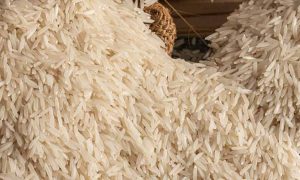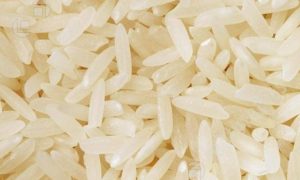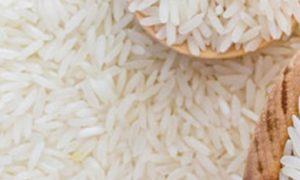Japan vows more US rice imports within tariff-free quota

Japan will import more U.S. rice under its existing WTO tariff-free quota of 770,000 metric tons, Prime Minister Shigeru Ishiba said, stressing no concessions were made on agriculture. The new trade deal lowers reciprocal tariffs to 15% and maintains Japan’s discretion on rice import volumes and types, despite domestic shortages.
[TOKYO] Japan will import more rice from the United States but within the existing tariff-free quota, Prime Minister Shigeru Ishiba said on Wednesday, stressing Tokyo’s success in protecting the agricultural sector in agreeing a bilateral trade deal.
After months of negotiations, the two countries struck a deal to lower the so-called “reciprocal tariffs” to 15 per cent from a proposed 25 per cent, and said increased rice shipments from the US to Japan was part of that deal.
Under a World Trade Organization (WTO) “minimum access” framework introduced in 1995, Japan imports about 770,000 metric tons of rice tariff-free every year. Last fiscal year, the US accounted for 45 per cent of the total.
“We made absolutely no sacrifice in the agricultural sector,” Ishiba told reporters.
“Import volumes will remain within the minimum access framework and we retain the discretion over how much and what type (of rice) to import from each country,” he said.
Announcing the trade deal on Tuesday in Washington, President Donald Trump said Japan would increase market access to American producers of cars, trucks, rice and certain agricultural products, among other items.
Neither country disclosed what other farm products were included, but Ishiba said the deal did not include a lowering of tariffs.
Beyond the minimum access framework, Japan imposes a levy of 341 yen (S$3) per kg of rice, which has, for the most part, effectively priced imports out of the market.
While these imports have typically been negligible due to Japan’s self-sufficiency for its staple grain, the country has imported historically high amounts over the past year due to a shortage and ensuing spike in the price of home-grown rice.
To Read more about Rice News continue reading Agriinsite.com
Source : The Business Times
















